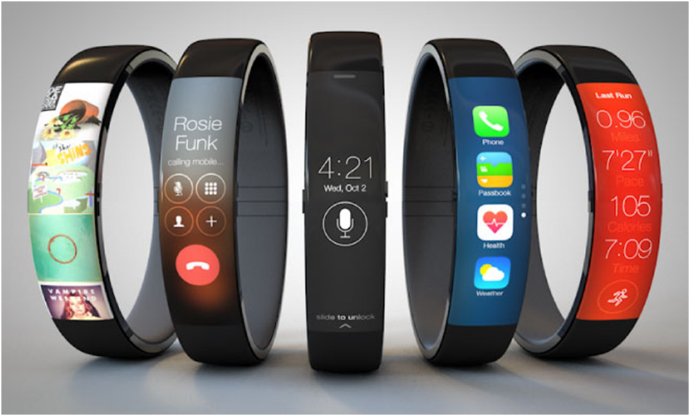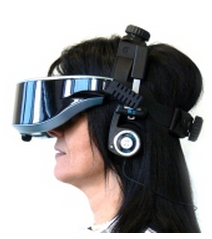Keep Your Vitals on track with Wearable Device

Suppose one is traveling to a remote place and suddenly starts feeling unwell, how would he get to know what is wrong with him?
In such circumstances, the most convenient way to make an immediate checkup is through the wearable device.
It provides the early detection and management of medical conditions. Wearable devices are electronic devices, physically worn by individuals in order to track, analyze and transmit personal data.
These devices are useful in tracking biometric data from heart rate to many health issues, like activity level, stress level, Blood pressure monitor, heart rate, temperature, or overall fitness level.

With the advancement in technology in the healthcare industry, the usage of wearable technology has proved to be providing improved care for individual’s personal health outcomes.
These devices have motion sensors that record one’s daily activity and sync them with mobile devices or computers. Over the last few years, wearable technology has highly influenced the connectivity and recording of patient’s health parameters and convey it to the doctor.
It has now become easier for doctors to monitor a patient’s health without physically see them. Devices that track fitness and activity have become extremely popular among people. The launch of Fitbit and Apple watch which have robust capabilities for analyzing health conditions was helpful in saving lives.
Nowadays, there are different types of wearable devices available in the market:
Smart Watches are very useful in multiple usages, designed to be worn on the wrist with improved communications functionally. They keep track of workouts, emails, set up appointments between meetings, listen to music while working out, remember things with the help of reminders. Smartwatches have additional features as global navigation (GPS), waterproof frames, etc.

Smart clothing, also known as electronic textiles are fabrics embedded with small electronic components such as batteries and small computers. They are two types: aesthetic and performance-enhancing. Aesthetic clothes light up or change color during outdoor sports at night. Performance-enhancing smart clothing is used in sports and military use cases. These clothes keep the body temperature regulated.
Smart Jewelry is a small decorative item that consists of rings, necklaces, earrings, pendants, and bracelets. Smart rings are the most popular smart jewelry among people. Smart rings have advanced features as making payments, unlocking electronic locks, or controlling home appliances upon making gestures.
Fitness tracker wearable devices such as Fitbit bands etc. perfectly monitor steps taken, calories burned, heart rate, and other fitness metrics. Earlier, fitness trackers had fewer features but now they include smartwatch features such as phone notifications and continuous fitness alerts. Some trackers perform indoor tracking while others perform outdoor. These trackers do well in motivating people to perform workouts regularly.

Head-Mounted displays or smart eyewear are worn on the head and provide a display in the user’s field of view. These devices are used in gaming, aviation, and medicine. Implantable devices are fitted inside a person under the skin via surgery. Examples of such devices are pacemakers, sensor-containing pills that monitor blood pressure. The patient may have to wear an external device to monitor data created inside the body.